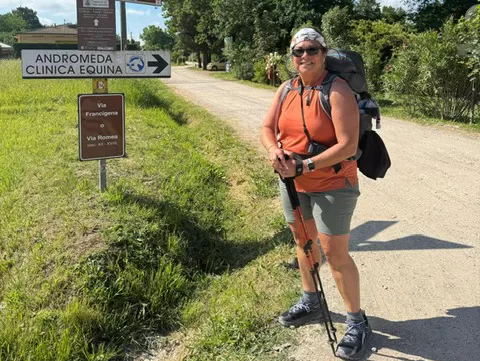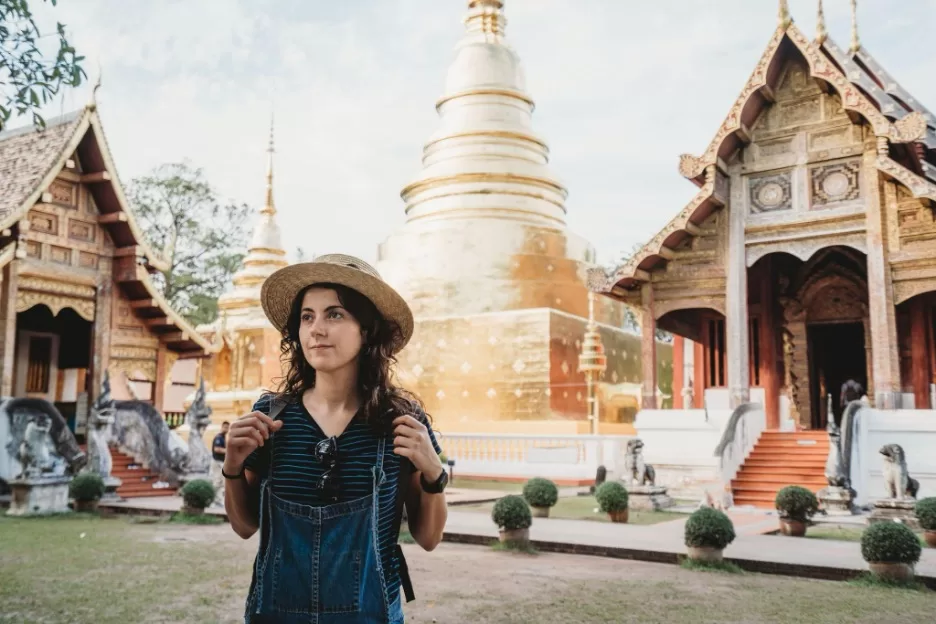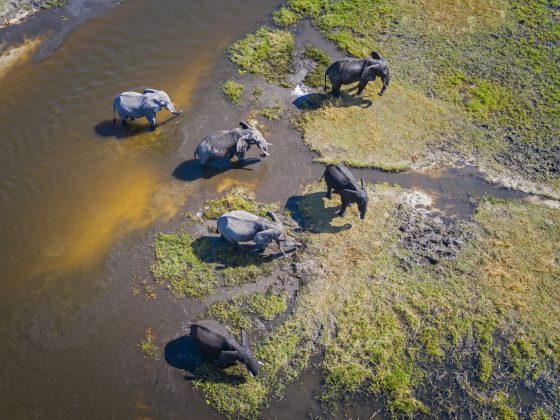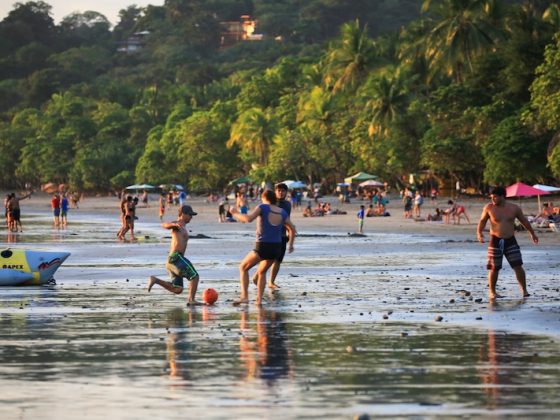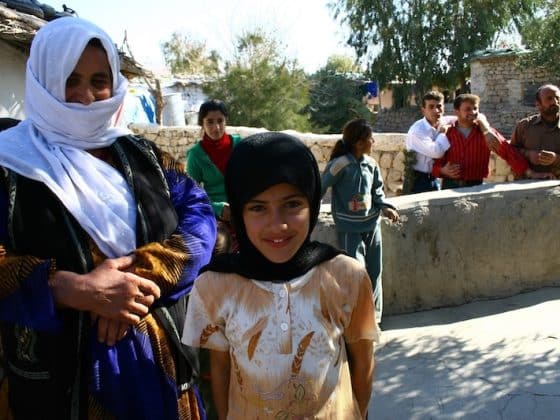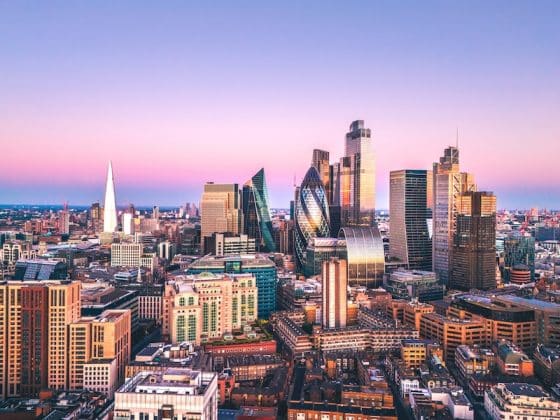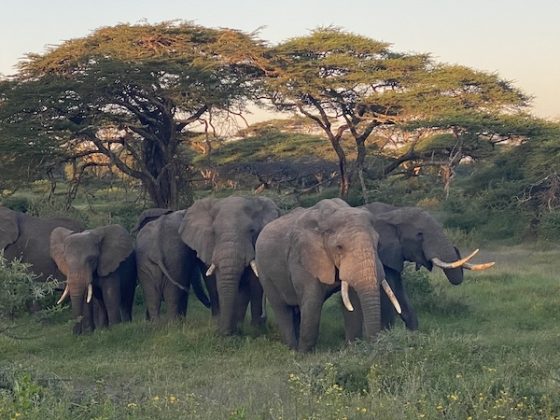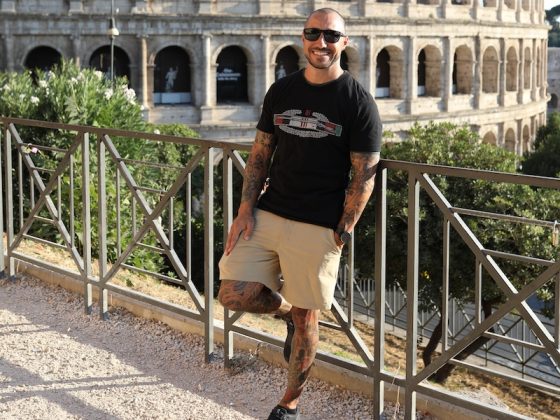Arrival in Lucca
On a warm, late afternoon in June, I step off the train, sling on my 20-pound backpack and walk toward the massive stone walls of the medieval city of Lucca, my first stop in a long stroll to Vatican City. I’m walking the final leg of the Via Francegina, an ancient 3000-kilometer pilgrimage route from Canterbury to Rome, in an effort to savor and explore my Italian heritage.
Reports of pilgrims on this route, loosely translated as the road from France, date back to the 8th century. Not long after that the newly appointed archbishop of Canterbury undertook the journey himself to receive his ecclesiastical vestment, enshrining the walk with great religious and historical importance. Today, roughly 50,000 pilgrims walk part of the route every year.
I find myself on the Via Veneto, lined with bustling cafes where locals sip aperitivo and take in the warm summer evening.
Six gates allow entry to the walled center of Lucca. Stepping through the Porta San Pietro from the south, I find myself on the Via Veneto, lined with bustling cafes where locals sip aperitivo and take in the warm summer evening. In the Piazza San Michele, I stumble upon the Chiesa di San Michele in Foro, a magnificently creamy white church with an arched façade that resembles the tiers of an elaborate wedding cake. The church fills the center of the square, topped by a bell tower reaching up into the cerulean sky.
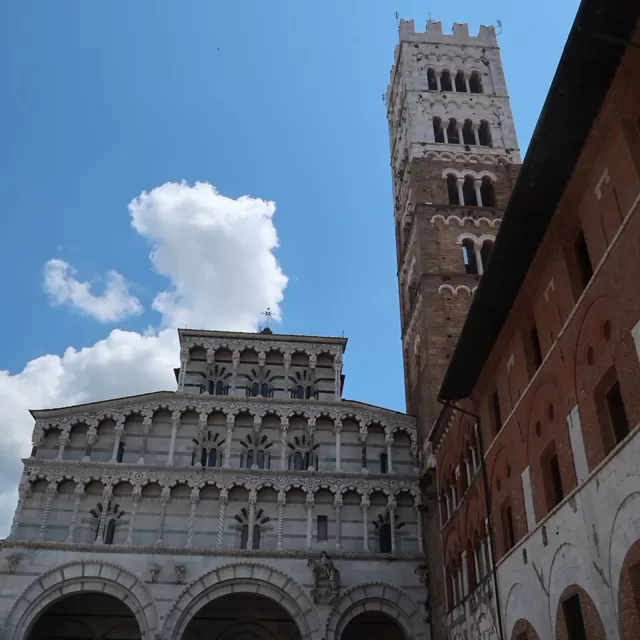
A Taste of Tuscany
I’d booked two nights at the Il Cortile di Elisa, a lovely bed and breakfast centered around a peaceful garden courtyard, as befits the name. After a bus, two planes, three trains and nearly 27 hours of travel, I’m exhausted. I drop my pack and collapse onto the bed.
A few hours later I awake, famished. A tip from the guesthouse manager leads me to Enoteca Vanni on Piazza del Salvato. I order a glass of Sangiovese and a plate of antipasti —a selection of cured meats, fruit, nuts and three types of cheese. I slather some of the creamy, sheep’s milk variety onto a slice of focaccia and take a bite. Heaven. One cheese has rich orange veins, while another is an aged hunk that looks like pecorino. Paired with the salty prosciutto and speck, the cheese leaves my taste buds dancing with joy.
Read More on Life Abroad
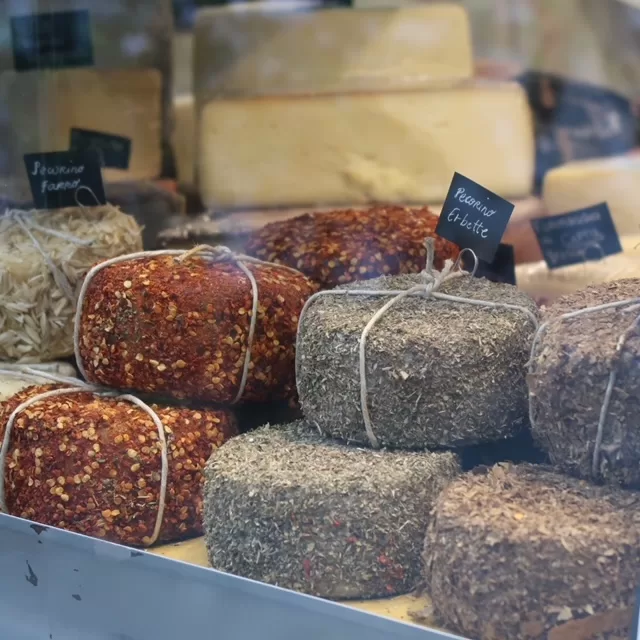
The next morning, I set out to explore. Nestled along the Serchio River some 10 miles north of Pisa, Lucca is known for the 16th-century walls that still surround and fortify the city. In the Middle Ages, Lucca was a hub for silk manufacturing. Today, growing numbers of tourists walk the streets to discover Etruscan ruins, explore churches, eat traditional Tuscan fare and enjoy an al fresco concert.
Returning to the Piazza San Michele, I order a cappuccino and cornetto and gaze up at the stunning cathedral. A lapsed Catholic, I’m still drawn to churches when I travel. Perhaps it was the years of studying art history in college, but I’m hardly able to see a church without entering. It seemed fitting that my pilgrimage would begin here, in a church built in the 11th century atop an old Roman forum.
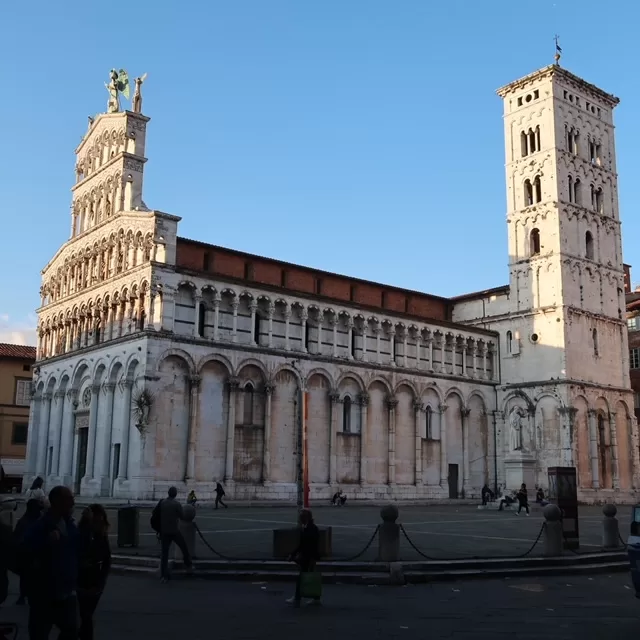
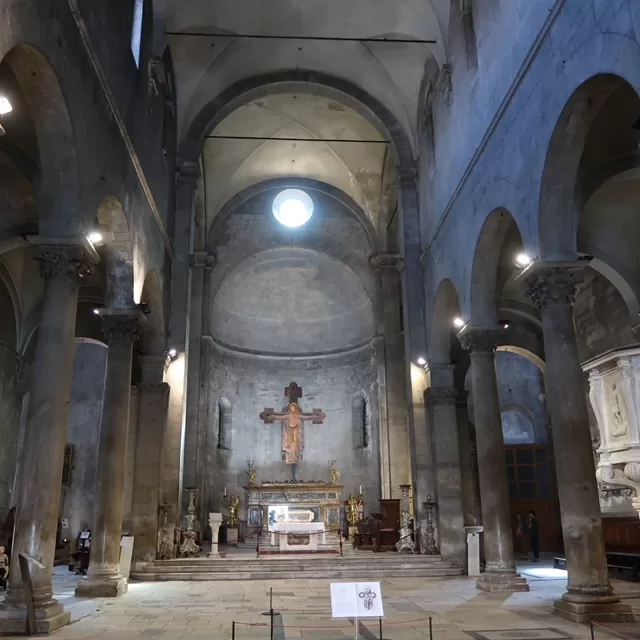
Inside the massive, vaulted structure my eyes are drawn to the blue and white ceramic della Robbia of the Madonna and Child. It’s part of a towering canvas along the right side of the nave. For a moment I’m transported back to being a 12-year-old girl, when my family made its first visit to Italy. Armed with nothing more than a guidebook and a typewriter, my mother spent months planning that trip. The daughter of an immigrant from Rome, she was determined to show us the land of our forebears.
Unlike my mother, who planned every step of our European adventures, wandering is my preferred mode of exploration.
Just below the altar, encased in glass, is the preserved corpse of San Davino, a young man from Armenia who gave all his worldly possessions to the poor to make pilgrimages to Jerusalem, Rome, and Spain. As I begin my own pilgrimage, I feel a kinship with this man who passed this way a millennium ago.
Unlike my mother, who planned every step of our European adventures, wandering is my preferred mode of exploration. Planning has its place, but to me, nothing beats the spontaneity of a meander down unknown streets, guided by intuition and curiosity.
On the wide walking paths of the medieval city walls, people ride bikes, walk their dogs and push babies in strollers. Some pause to rest beneath a canopy of dense oak trees. The voices of children ring out as they play in the lush grass. Below, the streets of the red roofed city offer a maze of meandering possibilities.
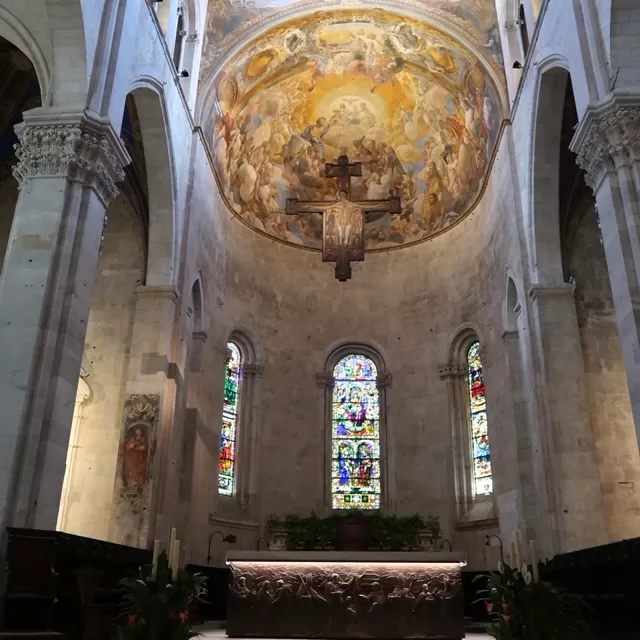
In the Cathedral di San Martino, a massive fresco above the altar stands out. Just below hangs a large wooden crucifix with the image of Christ —the Volto Santo, one of the most important works in the city. In a side chapel, I smile to see a small dog carved into the tomb of Ilaria del Carretto by Jacopo della Quercia of Siena. I climb down the metal staircase to reach the ancient Roman ruins that lie below.
Outside the church, carved into the portico, is a labyrinth that dates to the 12th century. Below it, an inscription in Latin that says, “This is the labyrinth built by Dedalus of Crete; all who entered therein were lost, save Theseus, thanks to Ariadne’s thread.”
I run my fingers along the ridges of the maze, contemplating my own journey. Thankfully, my pilgrimage is not a complex maze but a simple walking path; I needn’t worry about getting lost. At the museum I collect my pilgrim passport, the booklet where I will collect my timbro (the Italian word for stamp) as I walk.
The Beauty of Lucca
Lucca’s beauty can overwhelm. At the top of the bell tower my eyes are drawn to the wash of blues and greens on the surrounding hills. In the distance, a bell tower with a large clock stands out from the sea of red rooftops. Puffy white clouds fill the sky.
A few streets away I stumble upon the home of famed Italian composer Giacomo Puccini. How many times did we listen to his operas on my father’s old stereo, the arias of La Boheme, Tosca, and Madame Butterfly? The memories rush over me.
I am in my childhood bedroom at the top of the stairs, sick and home from school. My mother brings a tray filled with pastina in brodo, chicken broth with tiny pasta stars. She puts Boheme on the record player and begins to walk me through the story of young artists living in a Paris garret.
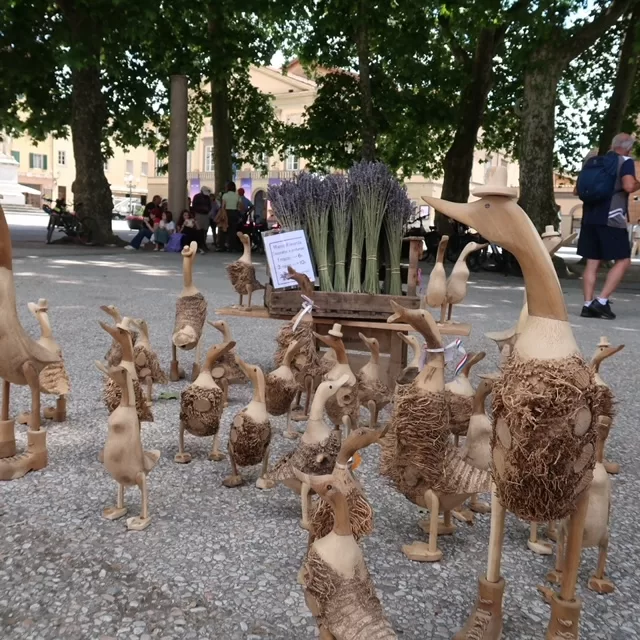
A Culinary Delight
In tree-lined Piazza Napoleone, named after the French emperor who briefly governed Lucca, a gaggle of wooden ducks fill the corner of a French market dense with linens, soaps and cheeses. Next to an elaborate merry-go-round, I sit and eat a panini of salty prosciutto, burrata and sun-dried tomatoes on crispy focaccia. The perfect lunch.
Winding through the streets, I find the Piazza San Frediano and the Romanesque façade of the Basilica of the same name. Unlike the Chiesa San Michele in Foro, the Basilica’s façade is simple, but for the extraordinary golden mosaic that adorns the top. I find a seat at a café on the square, order an Aperol spritz and take it in.
Reflections on Faith
Italians love their incorruptibles. In the Catholic faith it is believed that divine intervention allows some human bodies, either completely or partially, to not decompose. Years ago, on a childhood visit to Assisi, I became fascinated with the partially incorrupted body of Saint Clare. Now, more than fifty years later, as I look upon the blackened face of St. Zita, encased in a glass shrine inside the Basilica of San Frediano, I am disturbed yet fascinated by the practice.
Zita is the patron saint of Lucca and remembered for helping the poor. She once stole bread from her employer to give to the needy, the story goes, and hid the loaves in her apron. When she was caught, the authorities opened her apron to find only a bouquet of flowers, which fell to the ground. Inside the glass enclosure, Zita is dressed in an ornate white brocade, her head adorned in flowers. Only her face and hands, brown with natural mumification, are visible.
Setting Off for Rome
I have chosen to travel solo, challenging myself to step out of my comfort zone.
The next morning, I wake early to set off for Rome. I have chosen to travel solo, challenging myself to step out of my comfort zone. To lean fully into the experience ahead of me, without the safety net a friend or companion or guided tour might bring.
Yet as I make my way through town to the Via Santa Croce, the road leading south to the Italian capital, I feel the anxiety creeping in. How will I know where to go? What if the path’s not well marked? Among the river of people, two backpackers emerge from the crowd.
“Are you walking the Via Francegina?” I ask.
“We are,” they reply, and I exhale.
We make our way through the Porta Elisa and into the Tuscan countryside.
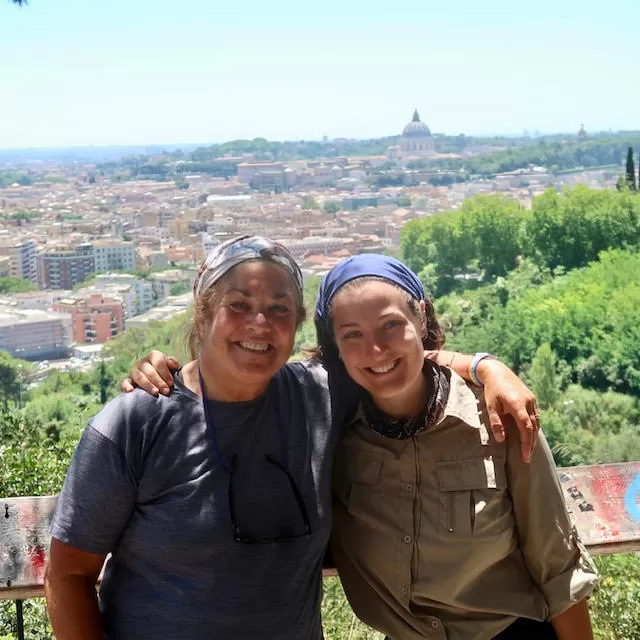
—————
Suzanne Maggio is the author of Estrellas, about her walk along Spain’s Camino de Santiago. In summer 2024 she walked the final leg of Italy’s Via Francigena to learn more about her heritage.
Suzanne Maggio
Contact Author
"*" indicates required fields
Stay Ahead on Every Adventure!
Stay updated with the World News on Escape Artist. Get all the travel news, international destinations, expat living, moving abroad, Lifestyle Tips, and digital nomad opportunities. Your next journey starts here—don’t miss a moment! Subscribe Now!
